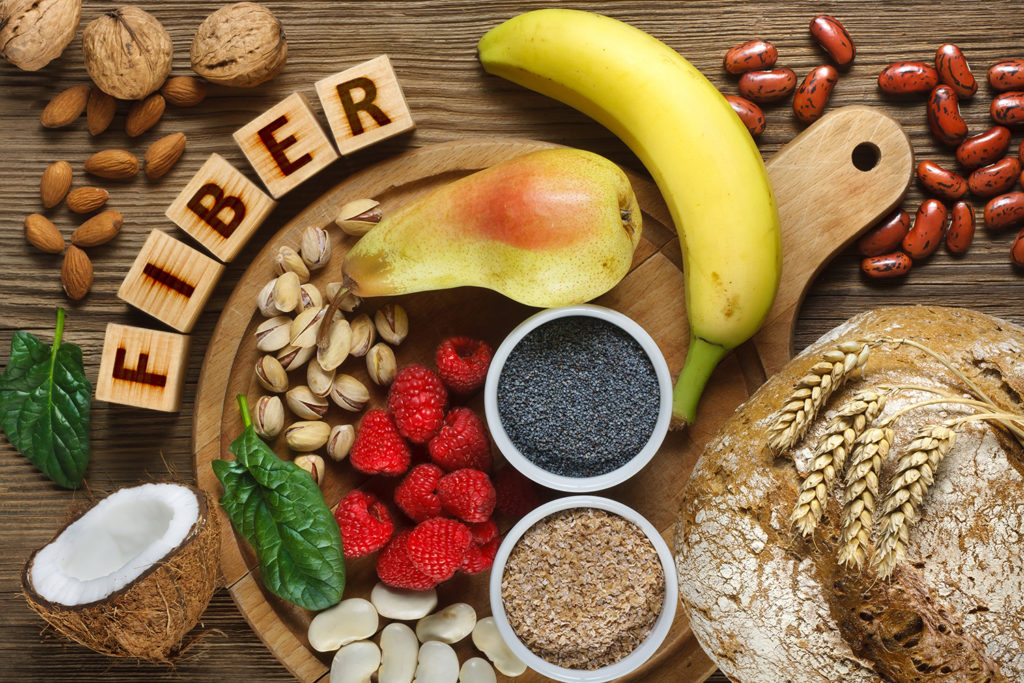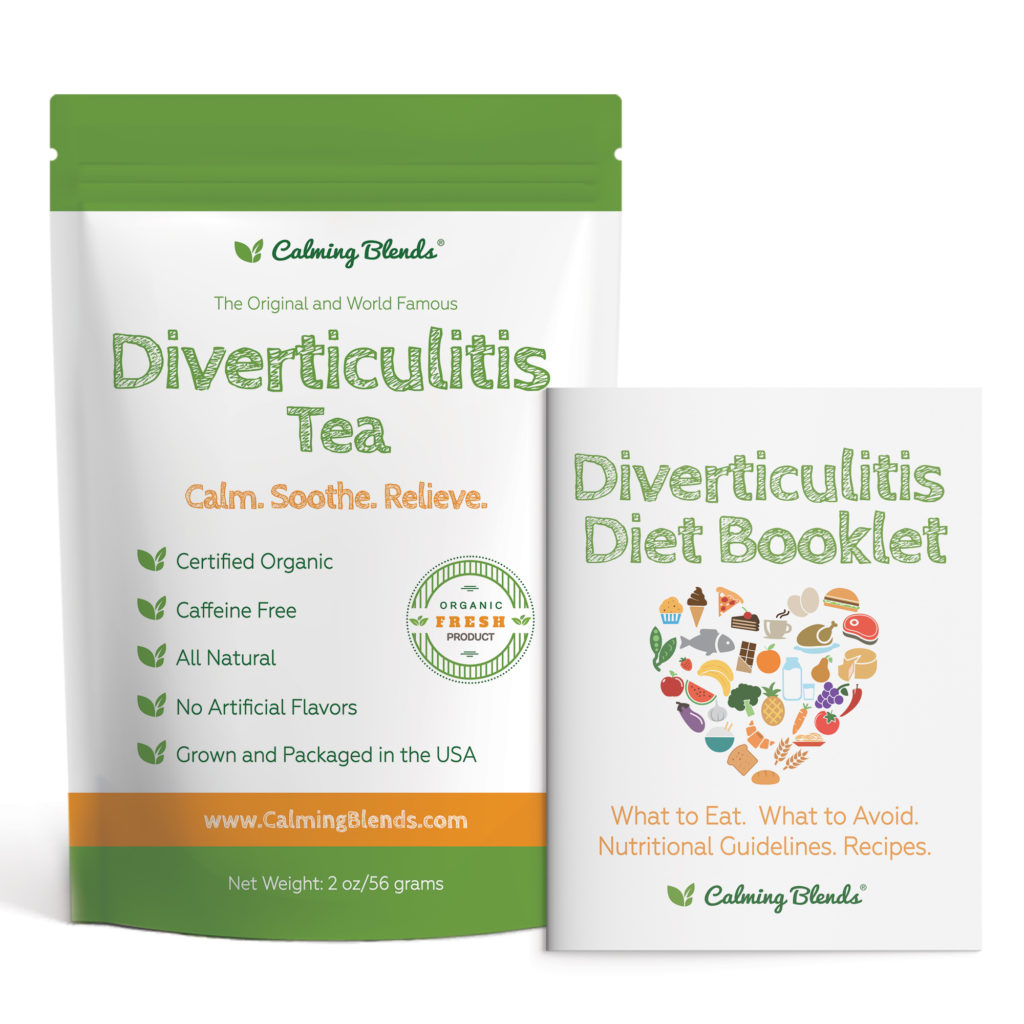You’ve probably heard about the benefits of dietary fiber. You’re aware of the dozens of fiber supplements available to help you meet your daily fiber requirements, but what’s the big deal? Isn’t fiber just indigestible bulk that helps you stay regular by cleaning your colon?
We all know that dietary fiber is important, but should you be concerned about your fiber intake if you have regular bowel movements? What if you don’t have any digestive issues? What are the best dietary fiber sources?
Unfortunately, the majority of people get their fiber from multi-grain cereal and bran muffins, which are the most highly processed and least beneficial types of fiber available.
The truth is that dietary fiber does far more for your health than simply cleanse your colon. It is also necessary for hormonal balance, nutrient absorption, and gut health. Fiber is food for the billions upon billions of health-promoting bacteria that live in your intestines, and optimal wellness is simply not possible without them.
Dietary Fiber’s Health Advantages
Dietary fiber is essentially sugar that the human body is unable to digest. The molecules are arranged in such a way that our digestive enzymes cannot break them apart. This process allows fiber to pass through the stomach and small intestine and into the colon, where it can be eaten by our gut microbes.
This is referred to as “prebiotic” activity.
Prebiotics are intended to be a part of the human diet. They are found in human breast milk and help to develop and nurture a baby’s intestinal bacteria, which improves the immune and digestive systems.
When intestinal bacteria are fed properly, they provide numerous health benefits. They strengthen and support the immune system in its fight against infection and other foreign invaders. They produce short-chain fatty acids that the body can use to produce energy, they help regulate metabolism, and they aid in the absorption of important minerals such as calcium, magnesium, and iron.
Numerous scientific studies have shown that dietary fiber:
- Decrease diabetes risk (1).
- Reduce the risk of colon cancer (2).
- Reduce the risk of pancreatic cancer (3).
- Reduce chronic inflammation (4)(5).
- Reduce the risk of early mortality (6)(7).
- And an abundance of science shows that dietary fiber reduces the risk of developing heart disease (8)(9)(10)(11)(12).
Researchers concluded in one study of type 1 diabetes patients that it was a lack of dietary fiber rather than a lack of saturated fat that increased the risk of heart disease. The higher the fiber intake, the lower the risk of heart disease and premature death (13).
Another study found that as fiber consumption decreased, so did the risk of developing type 2 diabetes. Type 2 diabetes became more common as corn syrup consumption increased (a hallmark of processed foods) (14).
This means that the type of carbohydrates we consume is more important than the quantity when it comes to disease prevention.
Dietary Fiber Types: Soluble and Insoluble
Dietary fiber is classified into two types: soluble and insoluble, based on whether or not it dissolves in water.
Soluble fibers, such as pectin, inulin, and beta-glucan, dissolve in water and generally (but not always) ferment in the gut, conferring prebiotic properties. When intestinal bacteria consume soluble fiber, fatty acids and other essential vitamins are produced. Soluble fiber also slows the passage of digested material through the digestive tract, resulting in better nutrient absorption and a lower insulin response.
Soluble fiber has been shown in studies to improve insulin resistance (15), asthma (16), inflammation (17)(18), and immune function (19).
The majority of the good news about dietary fiber in the news is about soluble fiber.
Insoluble fiber (cellulose, lignin, chitin), on the other hand, does not dissolve in water (helping regulate bowel movements) and speeds up the movement of digested material through the intestines. Some types of insoluble fiber are also fermentable, producing fatty acids and other beneficial vitamins.
Most people consider insoluble fiber to be somewhat useless, but science tells a different story. According to research, insoluble fiber lowers LDL cholesterol (20) and oxidative stress (21). (22).
Fiber-Rich Fruits and Vegetables
Plants, not processed cereal grains like breakfast cereal and multi-grain bread, are the best source of dietary fiber. In fact, plant fiber is used in the majority of studies demonstrating fiber’s health benefits.
Bran muffins and bran cereal aren’t much higher in fiber than vegetables.
The following fruits and vegetables have the highest fiber content:
- Apples
- Artichokes
- Blackberries
- Broccoli
- Corn
- Eggplant
- Dried Figs
- Swiss Chard
- Pears
- Sweet Potatoes
- Raspberries
- Cooked Spinach
- Yams
Be wary of low-quality fiber added to protein shakes and other supplements. Maltodextrin, artificial cellulose (made from wood pulp), and other “proprietary” fiber blends are not natural fibers because they are processed with high heat and toxic chemicals.
These fillers are simply a synthetic way of making you feel full and do not act like plant fiber when consumed.
Diverticulitis, Crohn’s disease, and IBS are all caused by insoluble fiber.
People with gastrointestinal disorders and other digestive issues are frequently advised to avoid insoluble fiber because it is “rough on the digestive tract” and can cause disease degeneration.
However, this advice has never been scientifically validated.
In fact, research shows the inverse.
- In one study, fiber from fruits and vegetables reduced the risk of complications in patients with diverticular disease, but cereal grains did not. What’s more, consuming a lot of insoluble fiber (especially cellulose – vegetable fiber) rather than soluble fiber was linked to a lower risk of complications (23).
- Another study found “no evidence to support that diverticulitis patients should eliminate soluble fiber or that it worsens the condition.” In fact, insoluble fiber is essential for prevention and recurrence.” (24)
- Patients with Irritable Bowel Syndrome were given either a soluble fiber supplement, an insoluble fiber supplement, or a placebo in another large study. While soluble fiber significantly improved IBS symptoms, insoluble fiber had no effect on their condition (25).
- In a study of Crohn’s disease patients, chitosan and vitamin C supplementation had no effect on disease activity (26).
- In addition, a high vegetable (insoluble fiber) intake lowers the risk of developing ulcerative colitis (27), and it speeds up colon repair in colitis patients (28).
- Consuming insoluble fiber, such as leafy greens, can sometimes appear to worsen the symptoms of IBS, diverticulitis, and other digestive disorders. Nonetheless, this effect is most likely a symptom of the disease rather than a trigger.
Weight Loss and Dietary Fiber
Can dietary fiber help you lose weight?
Yes, it can (29), though most fiber supplements designed for weight loss have been shown to be ineffective.
A healthy gut flora helps with weight management (30) and digestion, so not just any fiber will suffice.
Plant fiber (31) has been shown to aid in weight loss because it feeds gut bacteria. It’s NOT because fiber keeps you regular. The study specifically mentioned flax, asparagus, and Brussels sprouts.
List of URLs:
(1) www.ncbi.nlm.nih.gov/pubmed/17502538
(2) www.ncbi.nlm.nih.gov/pubmed/24114473
(3) www.ncbi.nlm.nih.gov/pubmed/21460379
(4) www.ncbi.nlm.nih.gov/pubmed/22012132
(5) www.ncbi.nlm.nih.gov/pmc/articles/PMC1456807
(6) www.ncbi.nlm.nih.gov/pubmed/22012132
(7) www.ncbi.nlm.nih.gov/pmc/articles/PMC3426551
(8) www.ncbi.nlm.nih.gov/pubmed/24135514
(9) www.ncbi.nlm.nih.gov/pubmed/9160820
(10) www.ncbi.nlm.nih.gov/pmc/articles/PMC3513325
(11) www.ncbi.nlm.nih.gov/pubmed/22384046
(12) www.ncbi.nlm.nih.gov/pubmed/21654702
(13) www.ncbi.nlm.nih.gov/pubmed/22526612
(14) https://ajcn.nutrition.org/content/79/5/774.long
(15) www.ncbi.nlm.nih.gov/pubmed/23218116
(16) www.ncbi.nlm.nih.gov/pubmed/18279951
(17) www.ncbi.nlm.nih.gov/pubmed/23799616
(18) www.ncbi.nlm.nih.gov/pubmed/21349333
(19) www.ncbi.nlm.nih.gov/pubmed/23136202
(20) www.ncbi.nlm.nih.gov/pubmed/22948945
(21) www.ncbi.nlm.nih.gov/pubmed/21063899
(22) www.ncbi.nlm.nih.gov/pubmed/19905983
(23) https://www.ncbi.nlm.nih.gov/pmc/articles/PMC6689272/
(24) www.ncbi.nlm.nih.gov/pubmed/21447765
(25) www.ncbi.nlm.nih.gov/pubmed/19713235
(26) www.ncbi.nlm.nih.gov/pubmed/12591545
(27) www.ncbi.nlm.nih.gov/pubmed/21468064
(28) www.ncbi.nlm.nih.gov/pubmed/11207896
(29) https://www.healthline.com/nutrition/fiber-can-help-you-lose-weight
(30) www.ncbi.nlm.nih.gov/pubmed/22555633
(31) www.ncbi.nlm.nih.gov/pubmed/17092830


